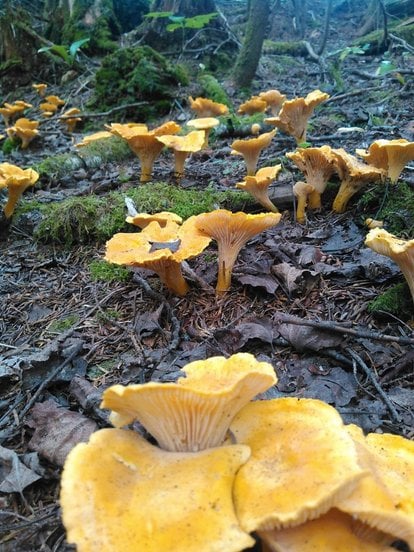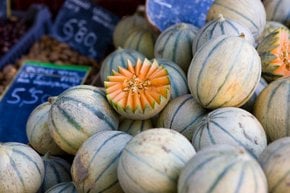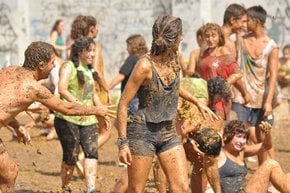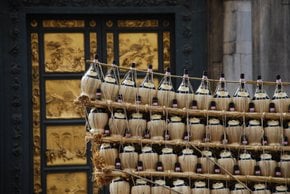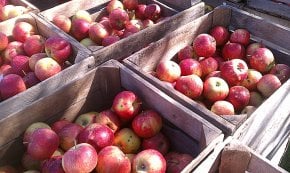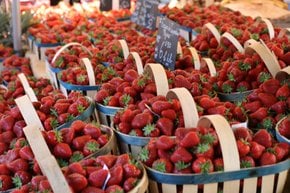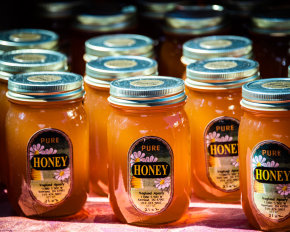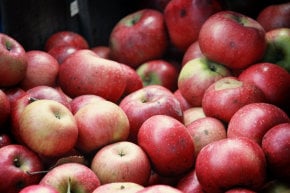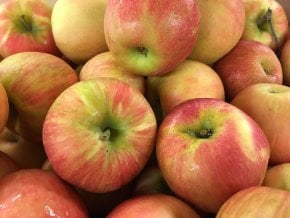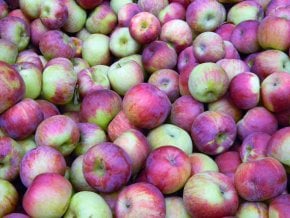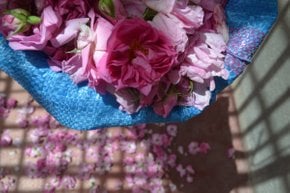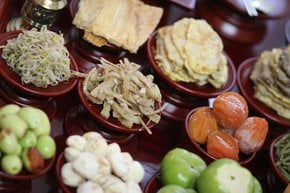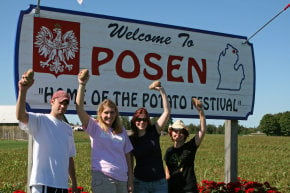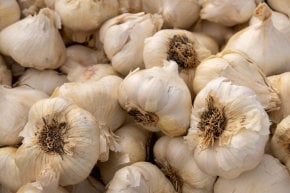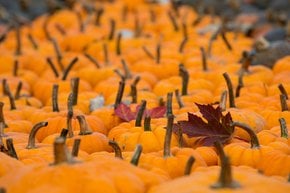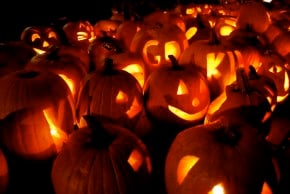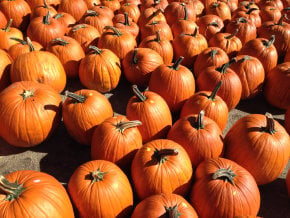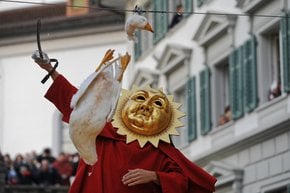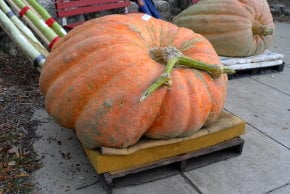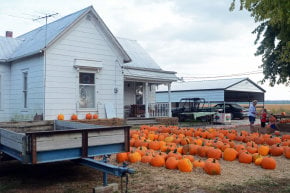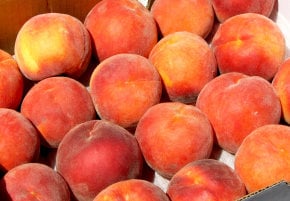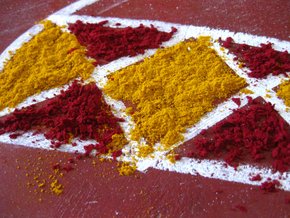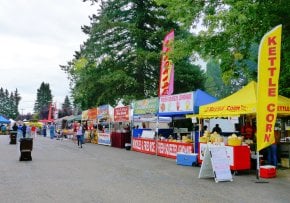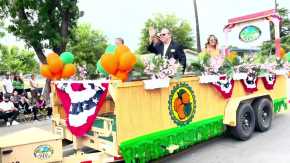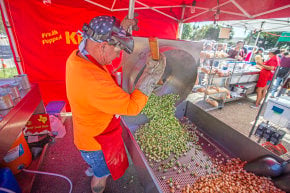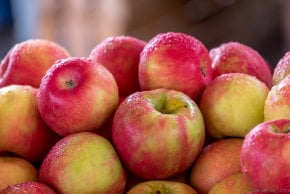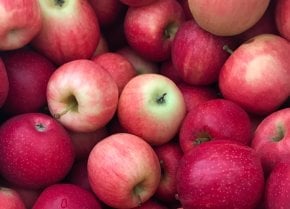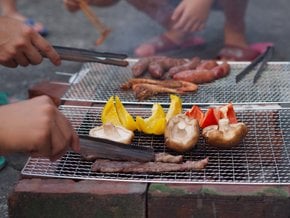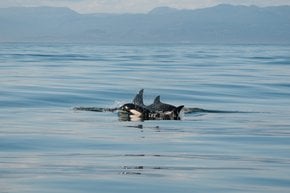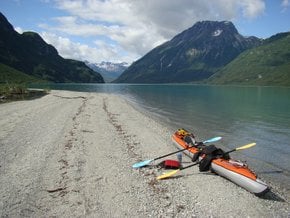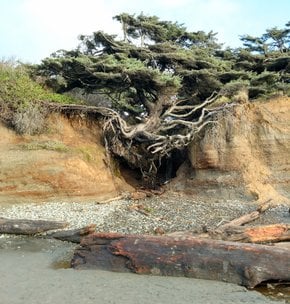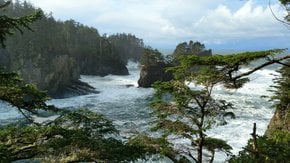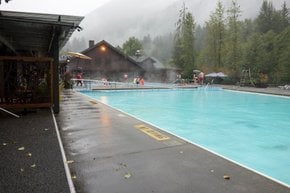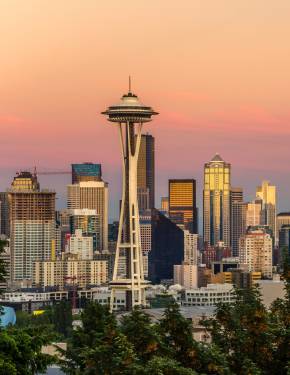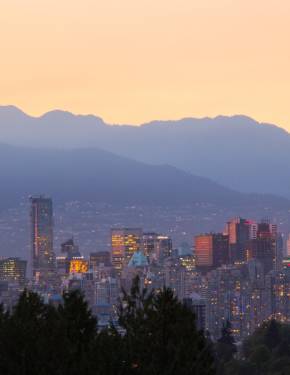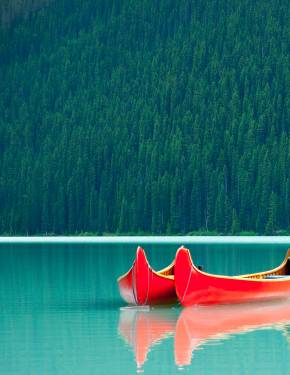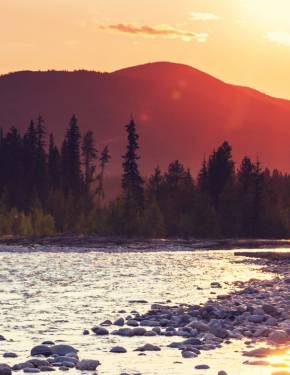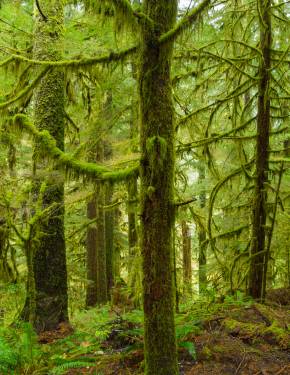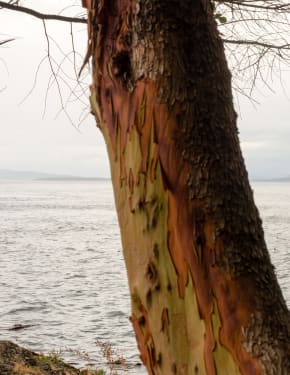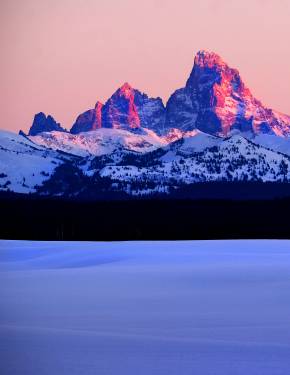Mushrooms of the Olympic Peninsula in Olympic National Park, WA 2026
Discover hidden life in the Olympic Rainforest
Best time: October
Few places in the US can compare to the ecological diversity of the Olympic Peninsula, which is home to over 1,400 different species of fungi. These hidden heroes play a critical role in decomposing and recycling forest nutrients.
Each year, countless mushroom enthusiasts venture into the forest to witness the Olympics’ rich fall flush of seasonal mushrooms. Among the myriad of mushroom species that occur in the Pacific Northwest’s temperate rainforest, two species of mushrooms are highly prized—chanterelles (Cantharellus formosus) and matsutake (Tricholoma murrillianum). These two choice edible species generally tend to fruit from the beginning of the fall rains to winter’s first frost, but the peak season for these delicious forest treats is halfway through October.
As maple and alder leaves change color and drop, seasonal rains envelop the forest with moisture and conditions for fruiting mushrooms to become near-perfect. At times, they can be so numerous they seem to blanket the forest floor!
Some of the best places to search for these mushrooms are near the Quinault, Lake Cushman, and Sol Duc Valley areas of the Olympic Peninsula. Be sure to know where you are, as mushroom foraging is only permitted on national forest land as well as by permission on private property. If you are willing to learn more about hunting, cooking, or the biology of mushrooms, check out the annual Rainforest Mushroom Festival, usually held at Lake Quinault Lodge around the middle of October.
Most importantly, make sure your mushroom identification skills are up to par, as several toxic and even deadly mushrooms occur in the area. Remember the mushroom hunters adage: there are old mushroom hunters and there are bold mushroom hunters, but there are no old, bold mushroom hunters. If you are not entirely sure of the identity of a mushroom you find, please leave it to the forest. Those first getting into this rewarding hobby, link up with a local mycological society in the area, such as the Olympic Peninsula Mycological Society (OPMS).

